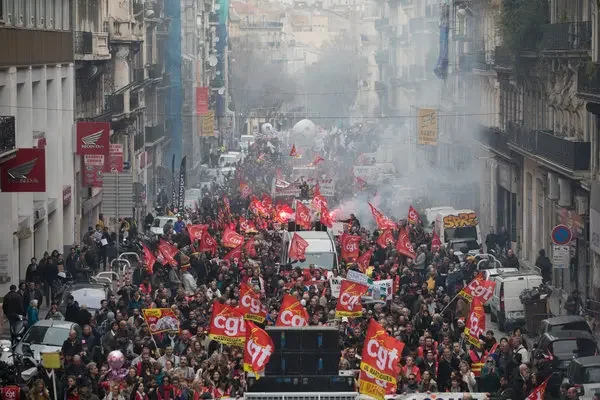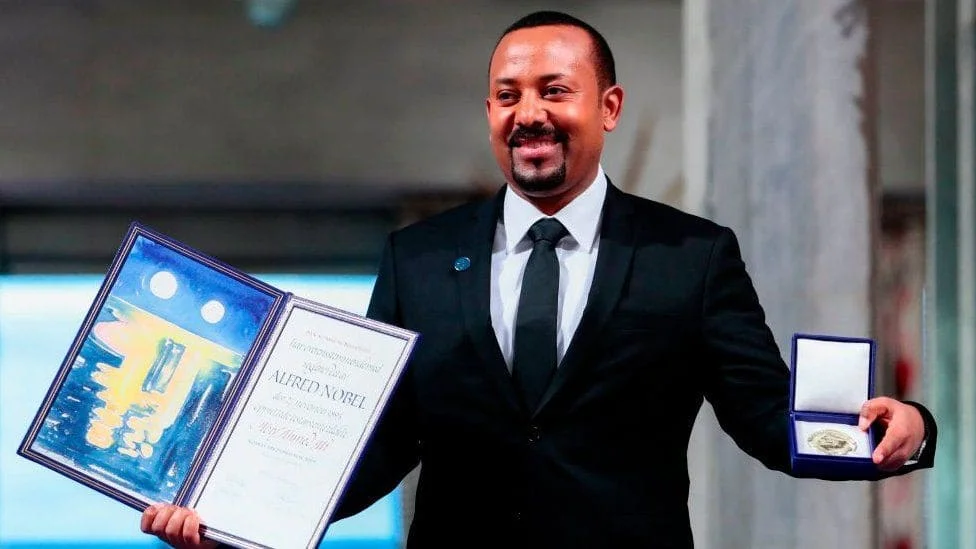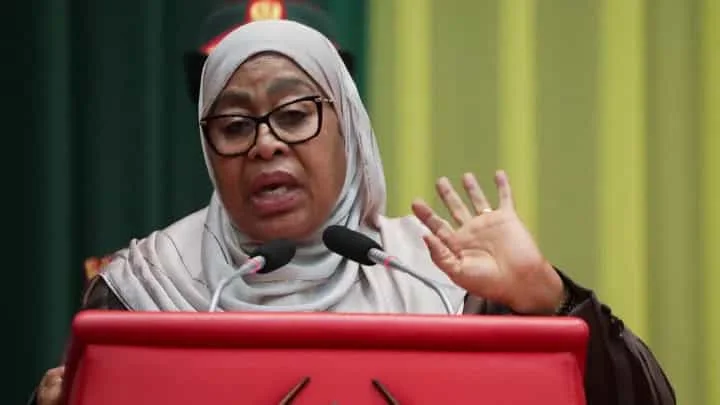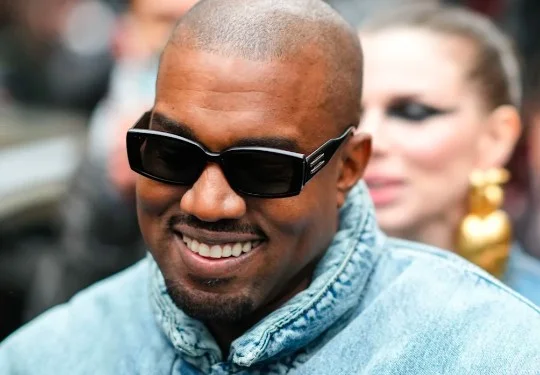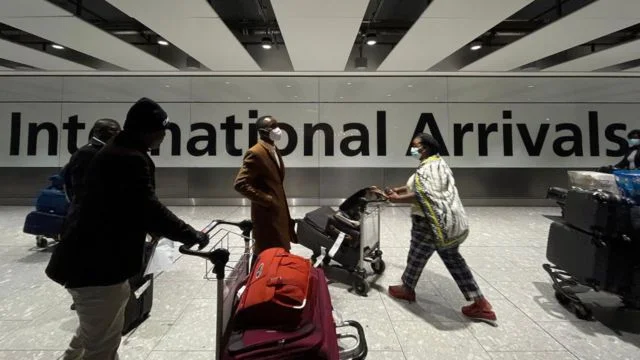On October 2, 2025, the CGT union called for strikes and rallies in over 240 French cities. The protests oppose planned government budget cuts, pushing for more funds for public services.
Economic Challenges
President Emmanuel Macron and new Prime Minister Sebastien Lecornu, still building his cabinet, must stabilize France’s economy. In 2024, the budget deficit reached 5.8% of GDP, nearly double the EU’s 3% cap.
Union Demands
CGT and CFDT, France’s largest union, demand higher taxes on the rich, increased public service funding, and pension reform reversal.
CGT leader Sophie Binet said, “We need a clear budget. Cuts won’t pass.”
Protest Actions
In Paris, students used flares to block a high school entrance, with police present. Rallies are set for Dijon, Metz, Poitiers, and Montpellier.
Last month, teachers and train drivers protested the 2026 budget.
Security Response
Interior Minister Bruno Retailleau deployed 76,000 police officers, including 5,000 in Paris, to maintain order during the protests across France.
Budget Struggles
Lecornu faces a tough task securing parliamentary approval for the 2026 budget. His predecessor’s 44-billion-euro ($51.70 billion) austerity plan led to his ousting on September 8. Parties agree on deficit reduction but clash on how.
Why It Matters
These protests highlight tensions over France’s economic path. Balancing fiscal control with public demands tests Macron’s leadership in a critical year.
What’s Next
In October 2025, Lecornu will reveal his budget plan. Unions vow to intensify protests if cuts move forward, risking further economic disruption.

